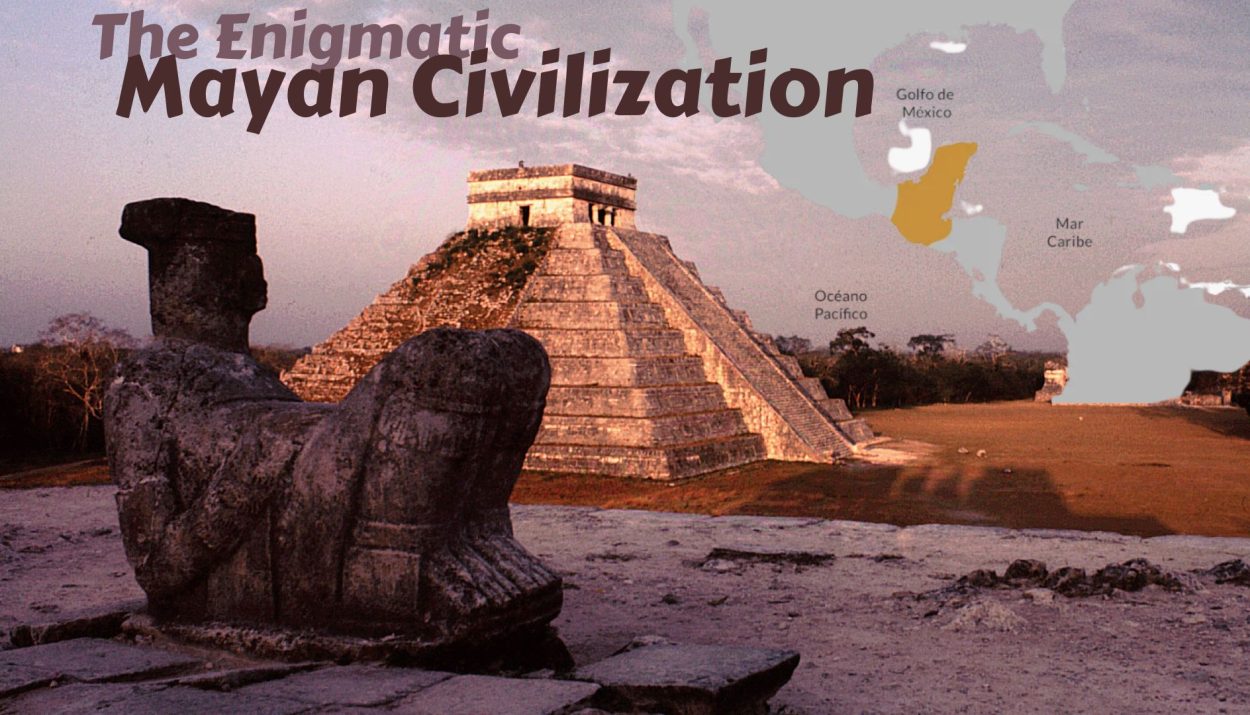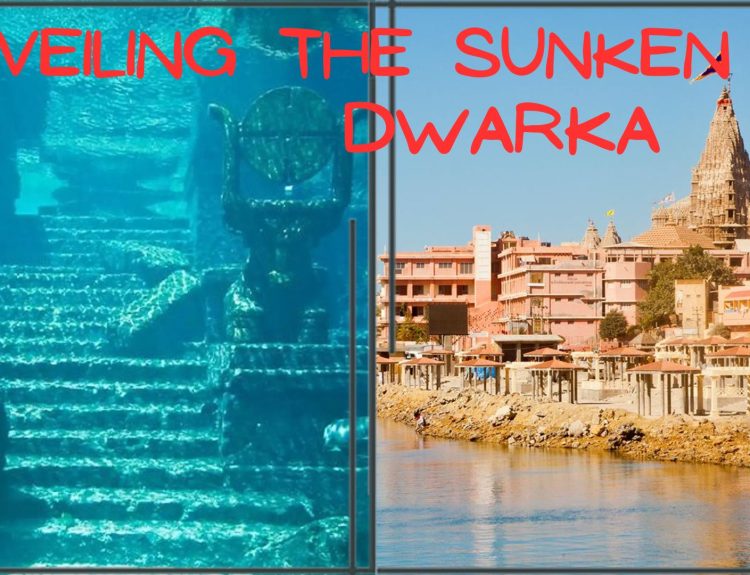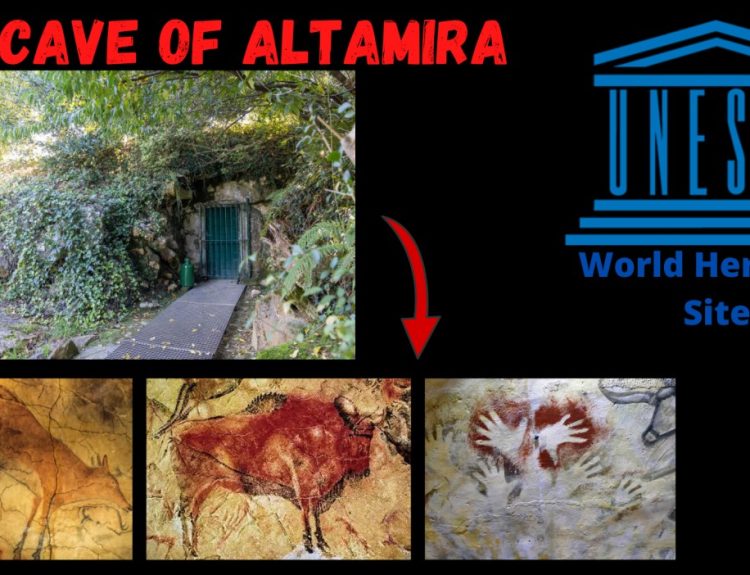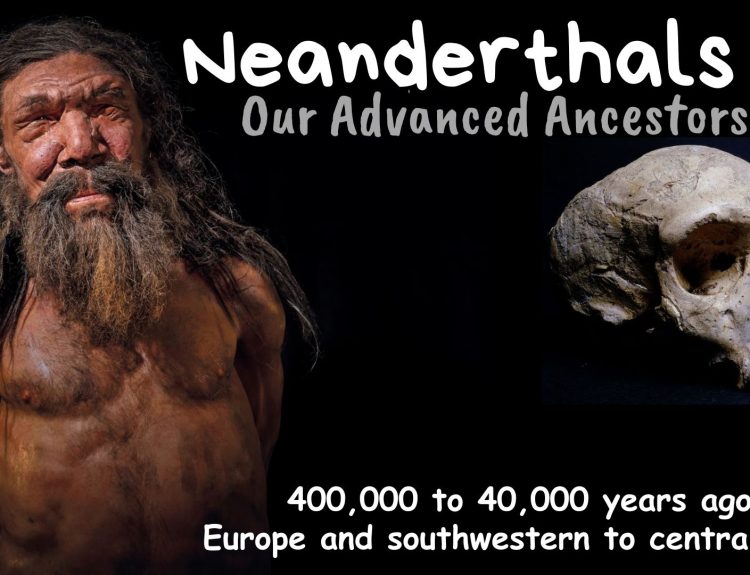The Maya civilization stands as one of the remarkable achievements of ancient American cultures. Flourishing in the Mesoamerican region for over two millennia, from roughly 2000 BCE to 1500 CE, the Maya left behind a legacy of sophistication and cultural richness that continues to captivate scholars and enthusiasts alike. Geographically, the Maya inhabited a vast expanse of land, encompassing present-day southern Mexico, Belize, Guatemala, Honduras, and El Salvador. The heartland of their civilization was centred in the Yucatan Peninsula, along with the surrounding areas of present-day Guatemala and Belize. The Enigmatic Mayan Civilization continues to captivate historians and archaeologists with its intricate hieroglyphs, advanced astronomical knowledge, and mysterious architectural marvels.
The Maya people, predominantly agriculturalists, cultivated crops such as corn (maize), beans, squash and cassava (manioc), forming the basis of their sustenance and development. As these communities developed, they laid the foundation for the complex society that would later reach its zenith. The social organization became more stratified, with leadership structures evolving into city-states. Each city-state had its own ruling elite, priests and administrative system, governing over a network of smaller settlements.
Majestic Cities and Architecture
A. Classic Maya Period
During the Classic Maya Period (c. 250 CE to 900 CE), the civilization reached its peak and majestic cities emerged across the region. Prominent centres like Tikal, located in present-day Guatemala, served as flourishing urban hubs. The city featured awe-inspiring architecture, including towering pyramids, palaces, ball courts and intricate plazas.
Other notable cities included Calakmul, Caracol and Copán, each contributing to the political, religious and cultural tapestry of the Maya civilization. Copán, in present-day Honduras, was renowned for its elaborate hieroglyphic stairway, which chronicled the city’s history and genealogy of its rulers.
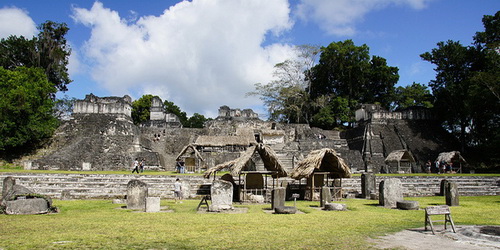
B. Advanced Engineering and Urban Planning
The Maya demonstrated exceptional engineering skills in constructing their cities. The precise alignment of their buildings with celestial phenomena exemplifies their deep knowledge of astronomy. The primary temples were oriented to capture the first rays of the rising sun during important celestial events.
Furthermore, their impressive water management systems, such as reservoirs and canals, facilitated agricultural success and urban sustenance. These engineering marvels enabled the Maya to harness the region’s tropical environment effectively, supporting their large populations.
Achievements in Science and Knowledge
A. Advancements in Astronomy and Mathematics
The Maya were skilled astronomers and mathematicians, developing precise calendars that tracked celestial events with astonishing accuracy. They had several interlocking calendars, including the Tzolkin, or sacred calendar (260-day ritual calendar) and the Haab, or civil calendar (365-day solar calendar). The Maya developed sophisticated calendrical systems that combined solar and ritual cycles with remarkable precision. The Long Count Calendar, for example, allowed them to track significant celestial events and measure time over vast periods.
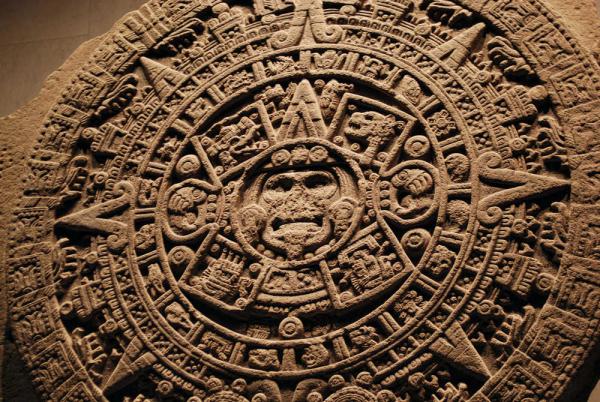
In mathematics, the Maya used a base-20 numeral system, which they applied to advanced calculations in astronomy, architecture and trade. Their astronomical knowledge played a crucial role in their religious practices, agricultural cycles and governance, influencing aspects of daily life and ceremonial events. The Mayans’ mathematical expertise is evident in their architectural achievements. Their buildings and temples, aligned with celestial phenomena such as solstices and equinoxes, showcased their advanced understanding of geometry and astronomical observations.
B. Hieroglyphic Writing and Codices
The Maya people perfected the art of writing, creating one of the most intricate and beautiful scripts in the ancient world. The Mayan people achieved a significant milestone by developing the first written language in the Western hemisphere, showcasing their remarkable intellectual accomplishments.
The Maya script is one of the most complex writing systems ever developed, consisting of a combination of logograms (word symbols) and syllabic glyphs. It was used to document historical events, religious rituals and astronomical observations on stelae, pottery and other artefacts. The hieroglyphic signs are pictorial, meaning they depict recognizable pictures of real objects such as animals, people and everyday items. The Maya crafted paper using tree bark and recorded their knowledge in books created from this paper called codices.

Although much of their writing was lost during the Spanish conquest, significant progress has been made in deciphering the Maya glyphs, thanks to the efforts of epigraphers and archaeologists. Through this ongoing work, numerous texts have been translated, unveiling historical narratives and insights into Maya cosmology and mythology.
The Enigma of Collapse
Around the 9th century CE, the once-mighty Maya civilization experienced a mysterious collapse. The decline was not uniform across the entire Maya territory; some cities persisted for longer than others. However, significant centres like Tikal and Copán experienced abandonment or a decline in population and monumental construction.
The reasons behind the decline of the Maya civilization have puzzled researchers for centuries. Various theories have been proposed to explain the collapse, but there is no consensus among scholars. Some suggest that overpopulation and resulting resource depletion lead to environmental degradation. Others point to a breakdown in political institutions and internal warfare as contributing factors. Additionally, prolonged droughts and climate change may have strained agricultural productivity, leading to food shortages and social unrest.
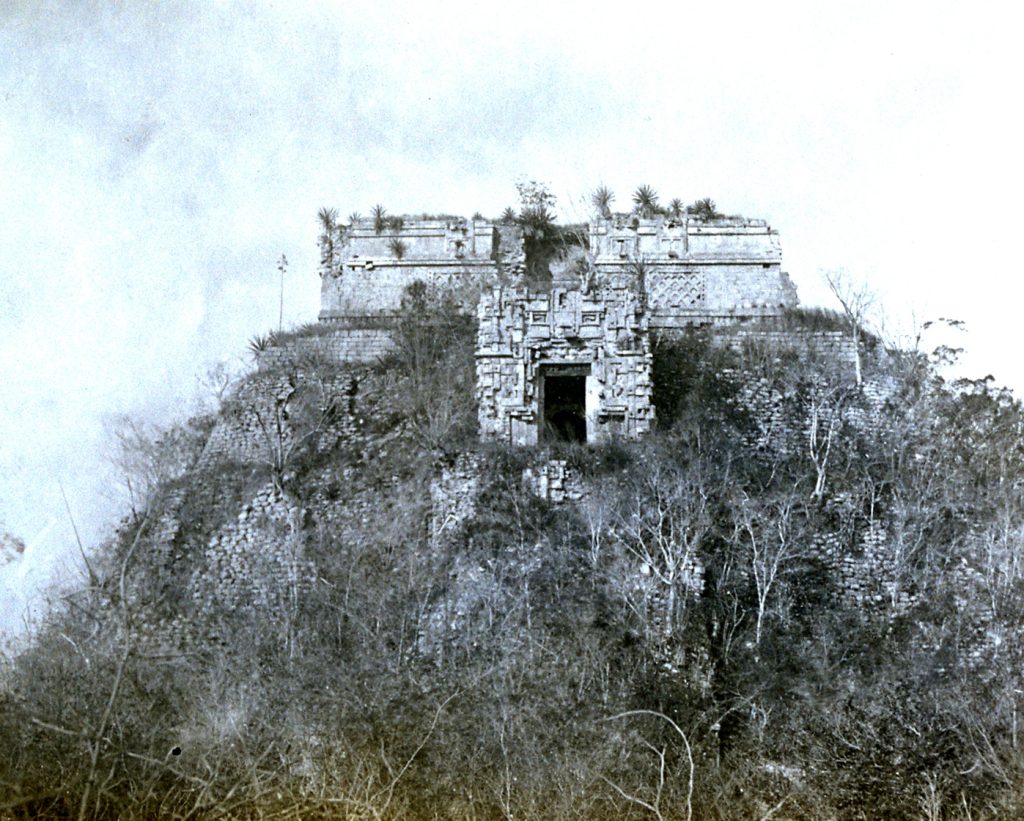
The exact reasons remain a subject of ongoing research and debate, adding to the intrigue surrounding the Maya’s enigmatic history.
Enduring Legacy and Modern Discoveries
Despite the mystery surrounding the decline of the Maya civilization, its legacy lives on through ongoing archaeological excavations and research. Modern explorers continue to discover new sites, inscriptions and artefacts that shed light on the customs, beliefs and achievements of this ancient culture.
Moreover, ongoing archaeological excavations, aided by modern technologies like LIDAR (light detection and ranging), continue to unveil new facets of this ancient civilization. LIDAR, in particular, has been instrumental in revealing hidden Maya cities and structures beneath the dense rainforest canopy. The application of this technology has revolutionized the field of archaeology, allowing researchers to map extensive urban landscapes and gain deeper insights into the ancient Maya world.
Conclusion
The Maya civilization, with its unparalleled achievements in science, architecture and writing, continues to captivate the world’s imagination. As we uncover more secrets from the past and decode their enigmatic glyphs, we gain insights into the brilliant minds of the Maya people who forged a legacy that still echoes across the ages. The mystery of their rise and fall serves as a reminder of the complexity of human history and the enduring allure of an ancient civilization that left an indelible mark on the tapestry of time. The Maya civilization remains an emblem of human ingenuity and perseverance, inspiring awe and curiosity for generations to come.
Thank you for joining us. Your interest and curiosity make this endeavour all the more meaningful. If you have any suggestions or would like to share your thoughts on our exploration of the ancient Maya world, we welcome your feedback. We value the opportunity to engage with our readers and fellow enthusiasts. Please feel free to connect with us through the social media platforms mentioned on our website. Whether it’s a comment, a question, or a contribution, we look forward to hearing from you.
Happy reading, and may the mysteries of the ancient Maya world inspire you as they have inspired us.
References
Who were the Maya?- National Geography
Maya Civilization- World History Encyclopedia
Mayan hieroglyphic writing- Britannica
THE MAYA- MesoAmerican Research Center


